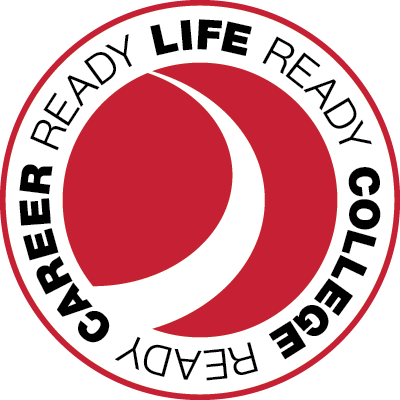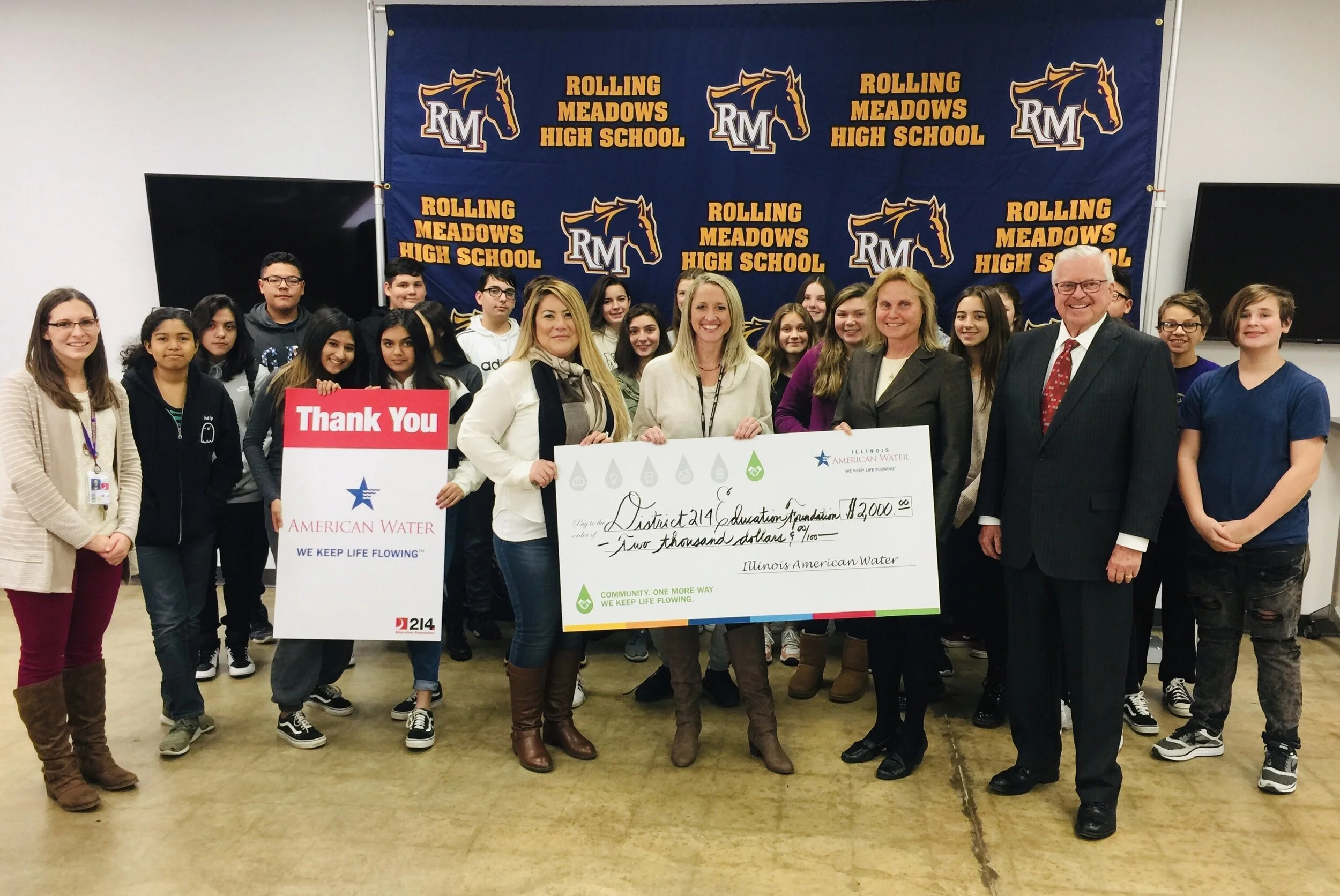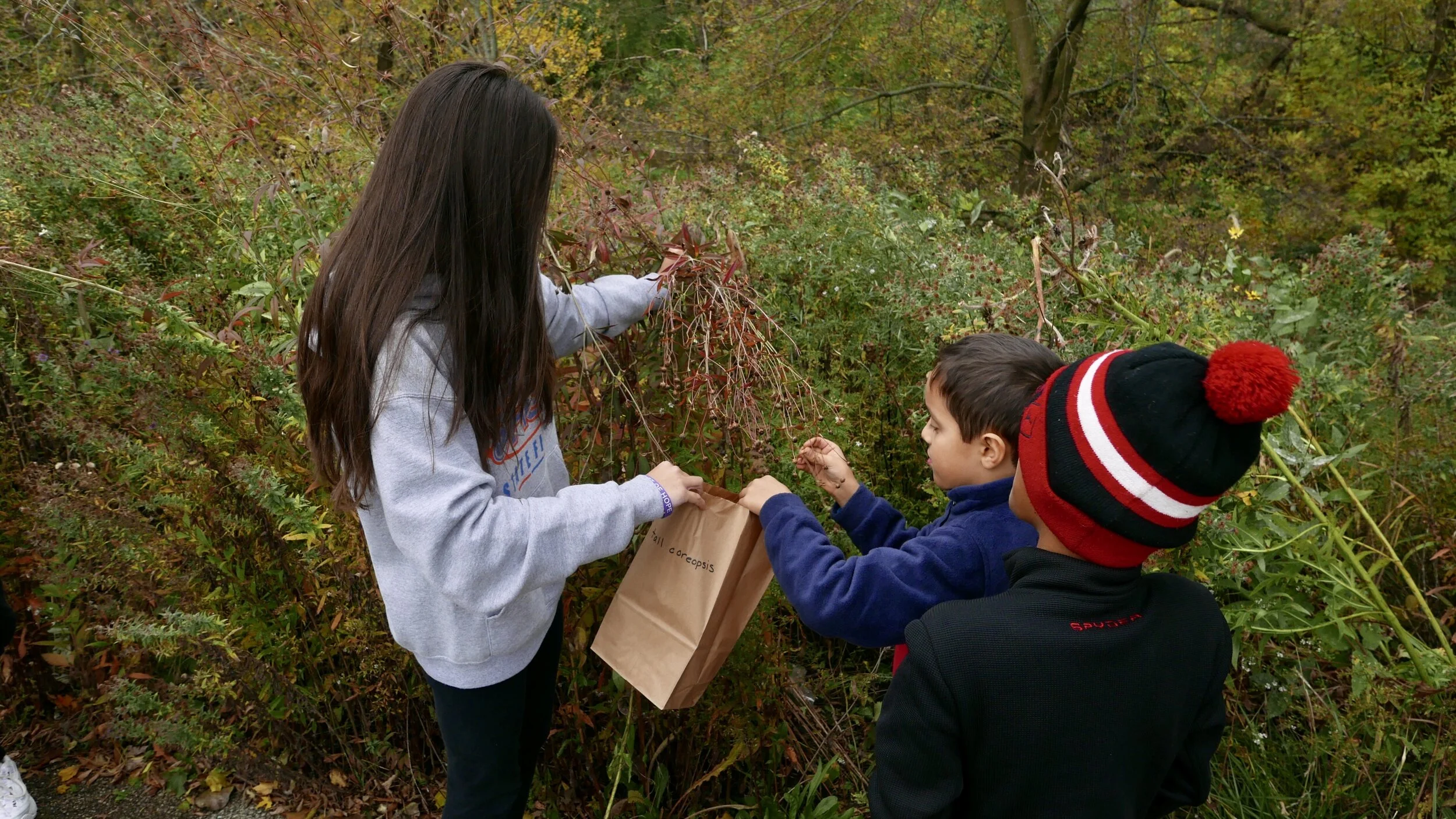RMHS Agriculture program teaches sustainability and much more
/By David Beery
For suburban residents, it’s easy to lose sight of where our food comes from and the journey it takes to reach our kitchen or restaurant tables. The Northwest suburbs are a powerful business and economic engine – just not one typically associated with agriculture. As for suburban consumers? On our supermarket trips, we’re usually focused more on checking off recipe items and comparing prices than reflecting on where all these food choices originated.
That picture is shifting, though, as restaurants and food retailers increasingly focus on local sourcing. And it definitely is changing in High School District 214 and at Rolling Meadows High School, where students have options in agricultural study, including the pursuit of career pathways related to Agriculture, Food and Natural Resources.
More on these career pathways in a bit, but first let’s look at a new program being implemented by Rolling Meadows agricultural biology students under the direction of ag teachers Kendall Wright and Kirsten Raver. For this work, the school has received a $2,000 Illinois American Water grant with the help of the District 214 Education Foundation, with a focus on sustainability.
On October 22, Rolling Meadows agricultural biology students, working with students from Willow Bend Elementary School, formally launched their grant work. The focus? Conserving water and soil, essential to effectively feeding the earth’s population in a sustainable manner and an agricultural challenge that affects us all, whether we give it much thought or not. Students began water testing, collecting seeds from native plants in Emily's Prairie behind Rolling Meadows High School, starting some of the seeds in the school’s recently constructed greenhouse and then planting the seeds in an area of the Prairie to work on conserving water and soil.
Within the grant’s scope, students also will focus on biofiltration: the process of plants removing from water or soil any elements that could harm the environment. This process requires time; students are taking the first steps now; and as the plants grow and become more established, they’ll become increasingly effective at biofiltration.
As is often the case in District 214, this is a team and community effort. Before the October 22 event, Pete Jackson, director of Emily’s Prairie, located near Rolling Meadows High School, helped students learn to identify plants. Also working on the event were the school’s Future Farmers of America chapter and the Rolling Meadows Environmental Committee.
As important as this work is, the water grant work and its focus on a clean and sustainable growing environment for food represents just one element and angle of District 214’s agricultural and conservation options for students.
Agricultural, Food and Natural Resources is one of 16 nationally recognized career clusters. Within this cluster, District 214 has established four career pathways, each of which consists of a multi-year program of academic and technical study that prepares students for a full range of postsecondary options. These pathways are:
Environmental Science Systems, preparing students for such careers as occupational health, safety specialist or environmental engineering technician or many others.
Food Products and Processing Systems, aligning students for such careers as food science technician or farm or ranch manager.
Plant and Animal Systems, laying the foundation for such careers as veterinarian or vet tech or animal breeder.
Power, Structural and Technical Systems, setting the stage for such careers as agricultural engineer or heavy equipment mechanic.
“We believe strongly in providing real-world opportunities to our students, as we know it enriches their experience in high school and prepares them for future success”
Because career pathways typically share points of connection, some of these pathways are linked, for instance, to students interested in culinary or business careers. As always, District 214 supplements and complements these pathways with invaluable projects and work-based experiences.
As agriculture teacher Kendall Wright explains: “Students pick an area they are interested in and do a project. For example, one student had a butterfly garden. They typically develop mentor connections through the experience. Typically, they start a project as freshmen, and then it really grows and expands and helps them define and determine their actual career. These projects actually amount to pre-internship exposure for our students.”
Students working on agricultural projects benefit from a website they use to document their work, entering records, tracking data and soliciting feedback from teachers and mentors. “They run it much like a business of their own,” Raver explains. “Additionally, there’s space to build up their resume, because this contains a record of their work and generates and supports a resume. And they’ll have ongoing access to this after they graduate.”
Add it all up, and this work represents a strong area of study and set of career options. As Rolling Meadows Principal Eileen Hart explains: “We believe strongly in providing real-world opportunities to our students, as we know it enriches their experience in high school and prepares them for future success. The addition of an Agriculture College and Career Pathway aligns to these beliefs, as students are engaged in their learning of food science an Agricultural Biology by connecting theIr learning with activities and inquiry-based learning in the greenhouse.”
All of which, Hart says, sets the stage for students to prepare for success in careers ranging from veterinary science to food science and urban agriculture - further expanding the scope of dreams and possibilities for District 214 students.



